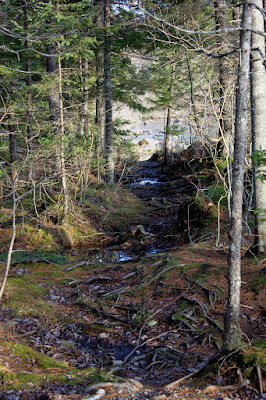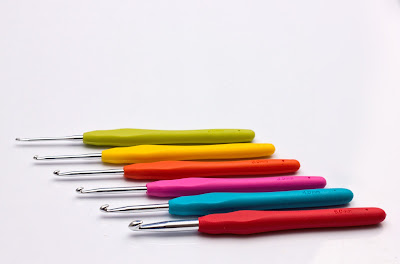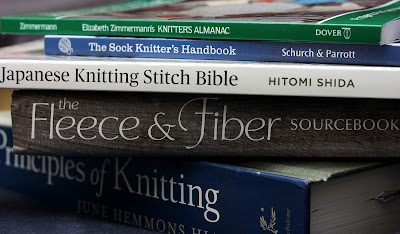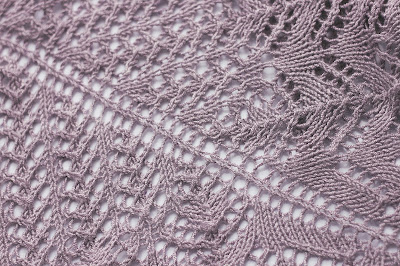This morning I awoke around my usual time, with my husband and younger son still asleep in the bed beside me (babe steadfastly refuses to sleep anywhere he can't immediately touch another human being). The quiet morning, with the soft light seeping in through the window, was a rare moment of serenity. I had a knitting project on my bedside table for a change; normally I keep them downstairs, but I'd put myself in timeout yesterday and the knitting hadn't made it to where it belonged. I did some reading, first, and said a few prayers, and then I picked up my knitting and simply enjoyed myself. I was knitting without coffee, mind you, so it remains to be seen whether I'll have to rip back, but it was one of those rare moments when knitting and life came together perfectly. I had an excuse to stay and be still--I had to act as a buffer so the baby wouldn't fall out of bed, after all--and I was grateful to embrace it.
There are advantages to being the first riser (even if it means enjoying a whole lot of coffee when you're blogging a few hours later).
In other news, I have a new camera, so bear with me while I learn where all the buttons are. Pictures may be a bit slower to show up, and a bit uglier as I get to know the ins and outs of my new friend.
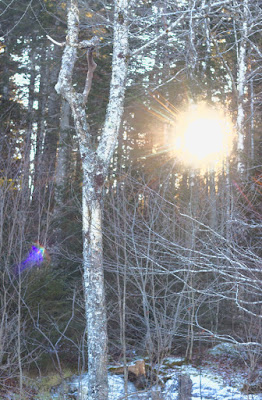 |
| At least I finally got that lens flare I was trying for, albeit through the less-than-stellar optics of our back door. |


